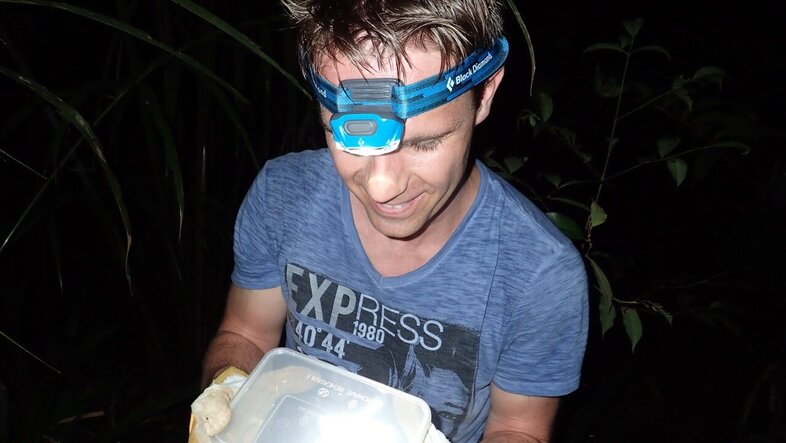Medicinal Chemistry
Animal venoms: The key to the brain?
25. September 2024
From scorpions to cone snails: Markus Muttenthaler from the Faculty of Chemistry studies animal venoms to improve drug transport to the brain. Always on the go, the researcher finds material for analysis in the Amazonian jungle or Australian reef.
© zVg Muttenthaler
© zVg Muttenthaler
Markus Muttenthaler works on the development of a process to enable biologically active substances to pass through the blood-brain barrier. He leads research groups at the Institute of Biological Chemistry at the University of Vienna and at the University of Queensland in Brisbane and has been awarded an ERC grant for his research.
